A graphical abstract is a concise and visual summary of the main findings of a scientific paper. It helps readers to quickly grasp the main message and the significance of the research. Graphical abstracts are especially important in biology, where complex phenomena and processes often require multiple forms of representation, such as diagrams, graphs, images, and animations. Graphical abstracts can also increase the visibility and impact of a paper, as they can attract more attention and citations from other researchers and the public. Therefore, creating a clear and effective graphical abstract is an essential skill for biologists who want to communicate their research to a broad audience. Using 3D cell illustration software would be great for biologists to convey their imagination into visual ideas and here we discuss how Adobe Substance 3D Stager can facilitate the process of 3D design in biology.
Illustration techniques for designing cell and DNA
There are three types of illustration techniques for cell and DNA process:
- Designing by 2D software
For 2D illustration, some software such as Adobe Illustrator or Corel Draw can be used. This software produces vector-based outputs with high-quality and sharp colors when creating cell structures.
- Designing by 3D software
3D software is a common tool for creating cell illustrations, as it allows us to manipulate complex cell structures and render them from the best perspective. To achieve realistic effects of light reflection on the transparent surfaces of cells and DNA structures, we need to use suitable 3D materials and adjust the angle of light rays carefully. This way, we can enhance the visual appeal and clarity of our cell illustrations.
If you want to create realistic and stunning 3D models of cells and DNA units, you might think that you need to master complex 3D software like Blender, Maya, Cinema 4D, and so on. However, that is not the case with Inmywork. Inmywork is a website that offers you a large collection of readymade parts of cells and DNA units that you can easily drag and drop into Adobe Substance 3D Stager. Adobe Substance 3D Stager is a simple and intuitive tool that lets you arrange and render your 3D models without any prior knowledge of 3D software. With Inmywork and Adobe Substance 3D Stager, you can create amazing 3D models of cells and DNA units in minutes, not hours or days.
- Designing by using artificial intelligence (AI)
Artificial intelligence is advancing rapidly and producing amazing results in various fields. However, one area that still lacks a professional AI system is cell design and illustration. This is a challenging task that requires a high level of domain knowledge and creativity. In the future, scientists may be able to use AI to visualize their ideas or research in a clear and compelling way. This would enhance their collaboration with other researchers and the public.
3D cell illustration software | Step by step
1. In the first step, you should download and install Adobe Substance 3D Stager and you can use the student discount. Click here to go to the Adobe website:
.
2. In the second step, you should download 3D cell and DNA bundles on the Inmywork website to access the basic 3D models.
.
3. After installing Adobe Substance 3D Stager, you can find the tutorial videos on YouTube and click on this link to learn how to work with this software.
4. You can drag and drop the appropriate ready-made objects into Adobe Stager and arrange all objects in the software.
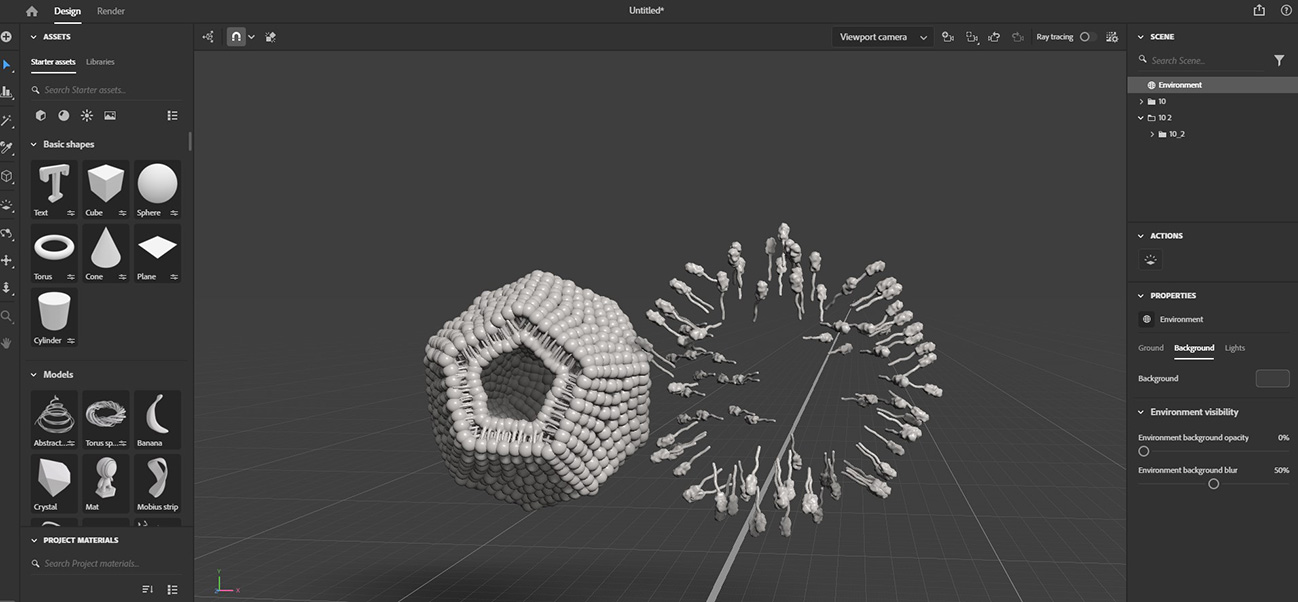
5. Selecting materials and light is one the most important parts of this process and you can test various textures.
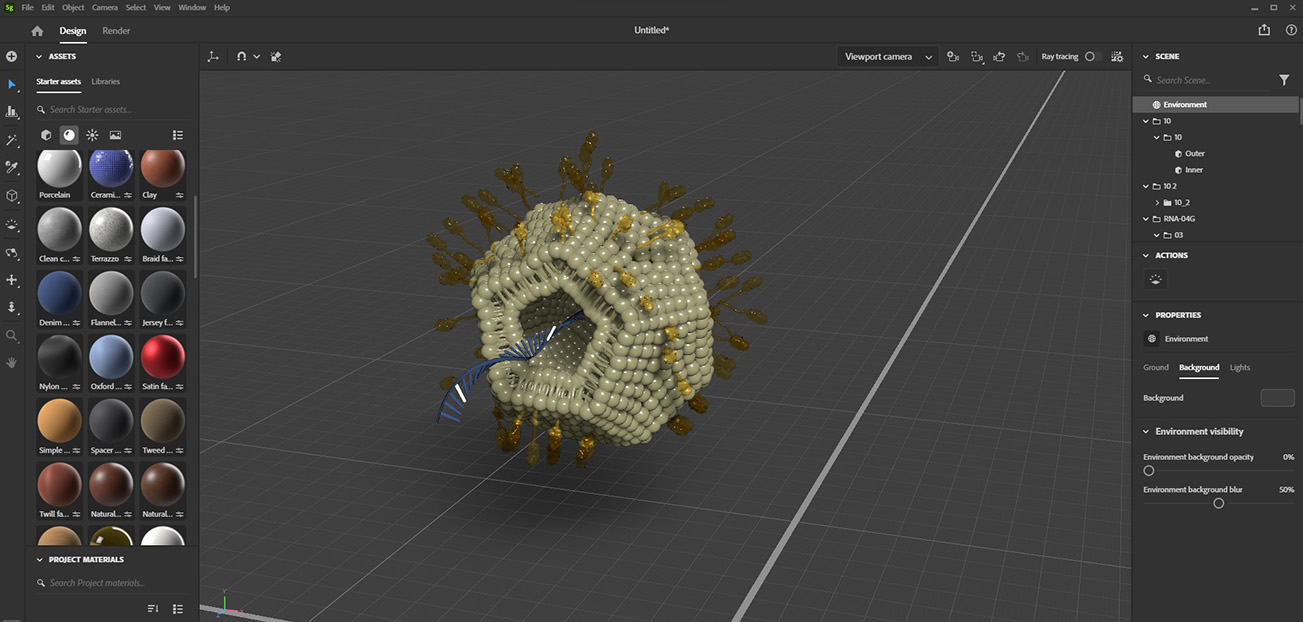
6. In the last part, you can render in both PSD or PNG formats to access the best 3D cell illustration and after that, you can add the arrows or text if needed.
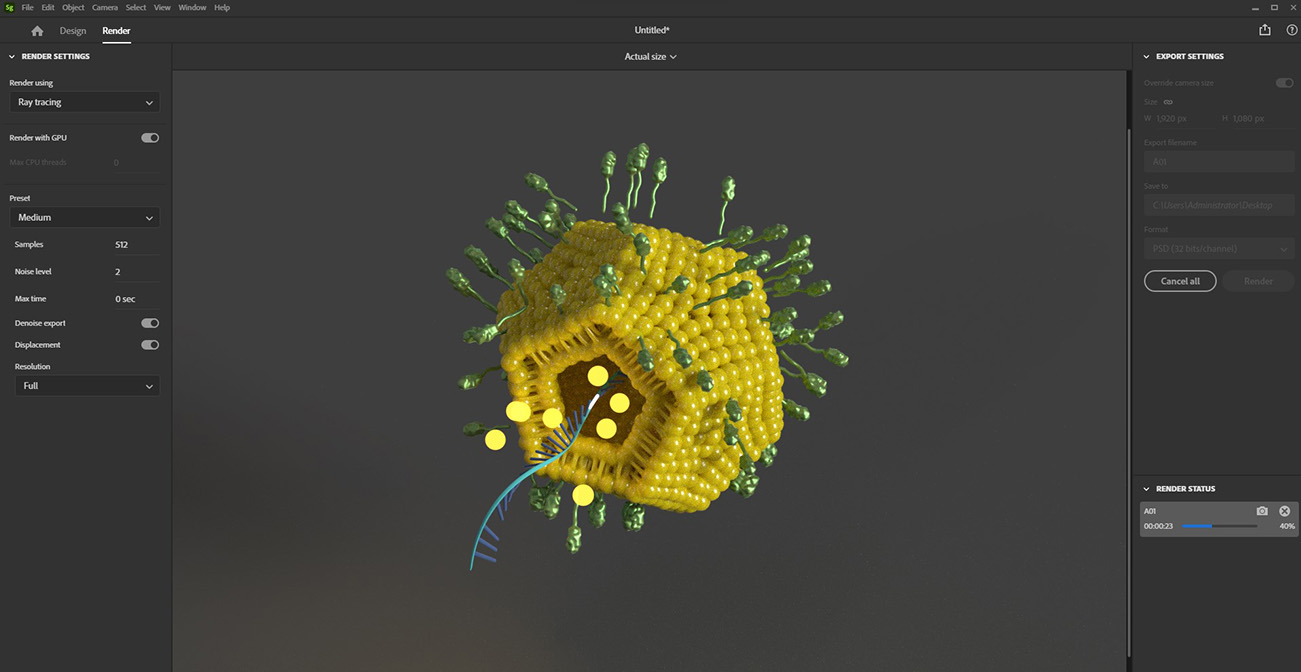

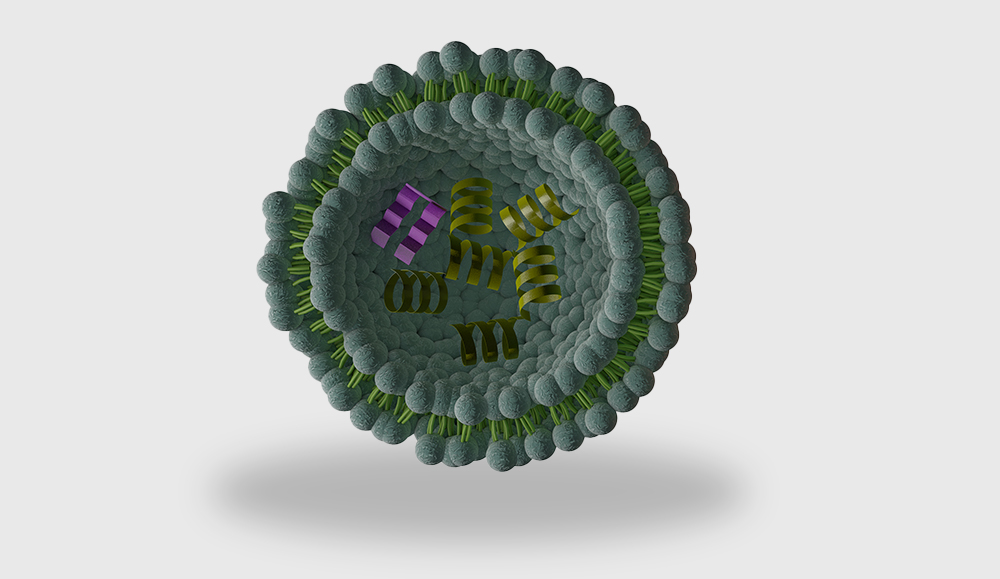

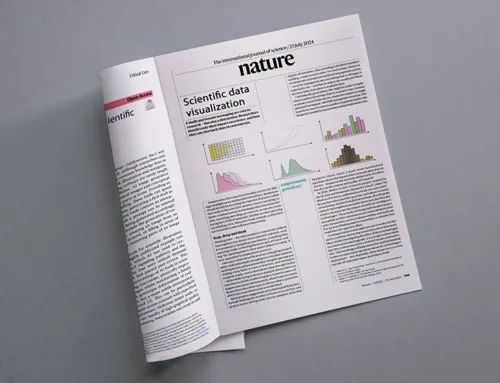
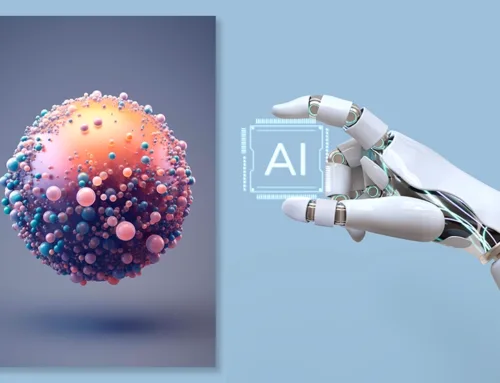
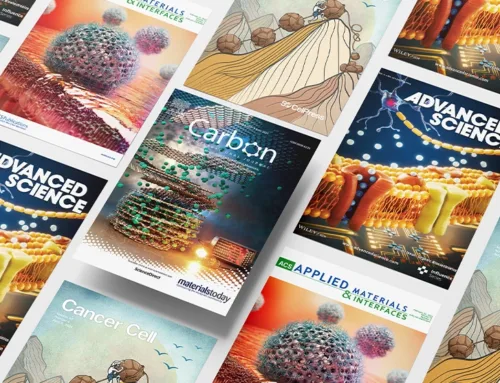
Leave a Reply